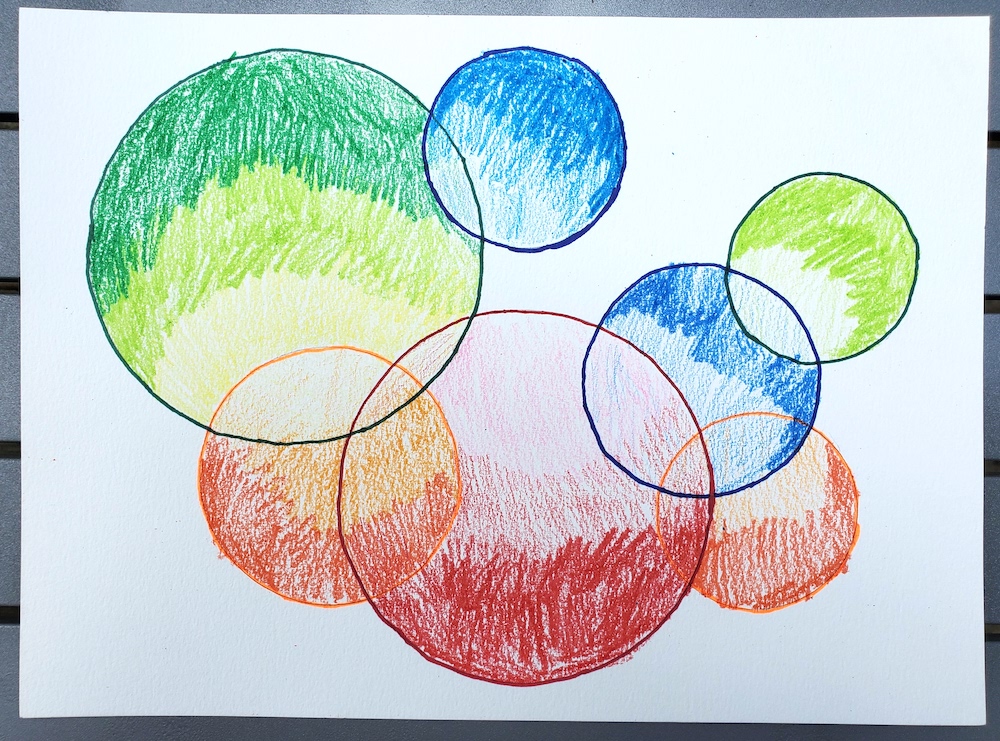
It all began with an impasse in the organisation I was working for. It was complex and knotty. Emotions were running high as deeply held convictions led to polarised positions taking root. It was becoming a ‘make or break’ moment for the organisation. I scoured the Internet, desperate for some divine intervention, or at least some ideas or tools that could help us move on. That was when I stumbled across a blog by Ted Rau of Sociocracy for All introducing simple sociocracy principles focused on ‘rounds’ (turn-taking), ‘consent’ (rather than consensus) and ‘circles’ (devolved responsibilities) to distribute power and democratise decision making. With nothing to lose, I talked to the Chair of the Board and we decided to give it a try.
We adopted the basic ‘starter’ tools as it was new to us all and we wanted to keep it simple and manageable. That meant adopting ‘rounds’ for our next workshop. This was coupled with some pre-reading to set expectations and explain why we thought that sociocracy could help us move forward.
Rounds are in essence nothing more than well-facilitated and quite disciplined ‘turn-taking’. But it’s the facilitation that is key. None of the stale turn-taking that you see in those hierarchical meetings in prestigious institutions, with each interjection bearing little relevance to the previous one, and no sense of any shared learning, conclusions or action.
Instead, active listening is embedded in sociocratic rounds. The purpose is to listen to each and every perspective in the room, giving equal weight and value to each speaker. The facilitator lets people know in advance who is speaking next, and who is speaking after that. Knowing that their turn to speak is not coming up for a while allows people to relax and move away from ‘waiting to respond’, instead shifting into active listening and learning mode. No one is allowed to jump back in for a second turn until everyone has spoken. Even then, the same order of speakers is retained for a second round of input. If someone has no further input to make, they simply say so and the round continues until everyone has shared their thoughts in turn. Facilitated properly, this process creates safety and space for participants, especially those who are often interrupted or who stay quiet to avoid conflict or discomfort.
Back to our workshop. As a result of this process of ‘rounds’, participants felt heard and understood. Some participants began to empathise with the genuine anguish and fear that other participants felt. Other participants came to see that there were greater opportunities in taking action than there were in paralysis, and fewer risks than they may have feared.
The second concept we used was ‘consent’ not consensus. The reason that sociocratic decision making works so well is that it frees us from the tyranny of consensus! We might never all agree on the ‘ideal’ solution or action. It is about making ‘good enough’ decisions that we can try out and re-visit later. Consent is about considering whether you can live with a particular course of action rather than objecting to anything that does not resemble your own ideal outcome. Combined with ‘rounds’ the process enables a group to keep iterating until they find common ground, moving forward in a way that does not require participants to compromise on their core values.
It worked so well during our workshop, enabling us to move beyond an issue that had previously been a source of major tension, that we adopted it for all our Board meetings. It immediately led to a wider range of perspectives being heard, healthier debate, and more inclusive decision making.
These tools are not fool proof. The processes require discipline from the facilitator – whether that’s someone external or whether its someone inside your organisation. As we found during subsequent Board meetings, its really easy to slip out of the ‘rounds’ process without realising. You may still be taking turns to speak, but you have dropped the discipline of speaking in order and, as a result, some voices come to dominate the discourse once again. But having all signed up to participating in sociocratic meetings, it is easier to call out a slippage in process and put your meeting back on track without offending any individual participant.
Over time, it becomes muscle memory, and seeing meetings run any other way becomes jarring! With the process embedded, developing ‘circles’ is a natural progression. Not unlike Committees, circles are groups of participants to whom specific projects or spheres of decision making are devolved, but there is no hierarchy within the circles and of course, using rounds, everyone has an equal voice. Circles should have members that overlap so that each circle is aware of the work of the others and report back to each other.
Unlike some participatory tools, sociocracy also lends itself brilliantly to online meetings and remote work, with mutual accountability baked in.
Whilst I do not by any means introduce sociocratic principles to every single meeting I facilitate (it very much depends on context and purpose), that first workshop was nonetheless such a light bulb moment that I started talking about it to anyone willing to listen. Within my organisation, with our funders, and latterly, having now moved on from the organisation, in conversations with potential clients for my strategy, organisational design, governance and team-building work at Pragmatic Radicals, and with fellow freelancers.
At this stage, few people seemed to have heard of sociocracy, although they were always interested to learn more about how to organise in a decentralised way and make their decisions with equity, efficiency, empowerment, trust and transparency. In short, democratic, distributed leadership!
It was only when I decided to read more and document my explorations of sociocracy, as a way of sharing these ideas with others, that I began to find a whole tribe of people experimenting with and embedding sociocracy in their organisational governance model.
Shared Assets adopted processes inspired by sociocracy a few years ago and use circles as a key way to make their ambition for distributed leadership a reality, including a governance circle with a rotating Chair in place of a conventional Board.
And a fellow freelancer shared with me that Outlandish not only adopted sociocracy principles eight years ago – organising using consent-based decision making, and inviting, reflecting on and passing proposals together – it now offers training to other organisations curious about sociocracy.
The more I have read and spoken with others, the more I realise that sociocracy is a lifelong learning journey. But even the basic tools discussed here are invaluable for anyone looking to reimagine their governance and organisational models.
I’m a curious practitioner always experimenting and learning. And if you’ve read to the end of this blog, then perhaps you are too. Maybe there are a couple of dominant voices in your organisation that shut down creativity and innovation? A leadership group that is struggling to let go and share power? Or perhaps you are keen to test out new tools to get diverse teams listening and talking to each other without the constraints of hierarchy? Get in touch for an exploratory call if you are interested in how distributed leadership founded on equity and transparency can transform your organisation and its decision making. I’d love to facilitate your journey.
